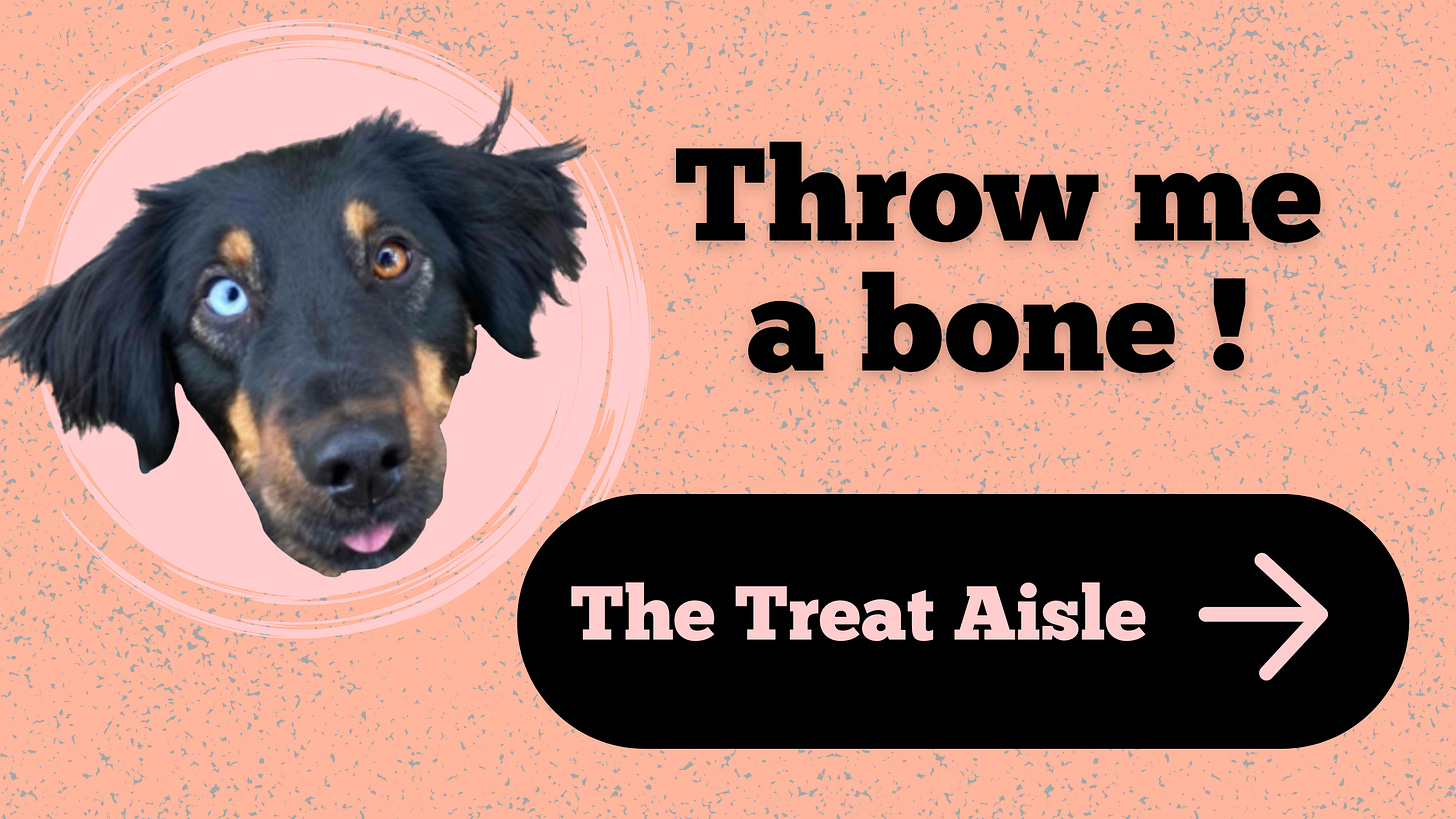When Pants and I play, we get pretty wild. We race around the house, jump on the bed, and fight like gladiators over a rope toy. In our postage stamp of a back yard, Pants runs around me while I spin in a circle yelling, “I’m gonna getcha! I’m gonna get that ball!” until I fall over. We wrestle and rough house, growl and roar, and generally cause a ruckus. (Why, yes, my wife IS a saint!)
But sometimes, Pants’ fun growls become scared growls. Sometimes, playtime gets a little overwhelming.
A few weeks ago, I wrote about shaking it off. In that article, I talked about how we need to move through our stress cycle to help our brains realize the stressor is gone and we can chill out.
But what if we need to complete the cycle on all our big emotions? Not just anxiety, stress, anger, and overwhelm, but also excitement, anticipation, joy, and enthusiasm?
Sometimes even fun, happiness, and anticipation can reach a point where they feel like too much emotion for your body.
This can be really confusing when it happens. One moment you’re super happy about your surprise party, and the next you’re crying in the bathroom. Or you’re amped and jumping around at your favorite band’s concert, and then you’re out on the street gulping air from a panic attack.

Why does this happen?
In American culture, we think of emotions as good or bad. We want to feel good emotions because, surprise! They feel good! We avoid bad ones because they cause suffering, and in general, people avoid suffering.
But our bodies don’t make the distinction between good and bad emotions. All they know is amplitude. How loud is the emotion? How big? Is it spilling over the edges of what you can handle?
No matter what the emotion, if it gets big enough, it can activate your fight or flight, making you feel stressed, overwhelmed, or panicked.
Bringing that Puppy Back to Chill
This is when grounding, self-soothing, mindfulness, and completing the stress cycle can be helpful. Here’s what I mean:
- Grounding: A practice of using one or more of your five senses to notice what’s happening in the present moment to bring yourself out of the past, the future, or an intense emotional state. You can wiggle your toes, run the hem of your shirt between your fingers, or pet your dog.
- Self-soothing: Comforting or soothing things that can help bring your nervous system back to a resting state. Examples include drinking hot tea, brushing your hair slowly, smelling the top of your dog’s head, or running warm water over your hands.
- Mindfulness: Nonjudgmentally noticing the present moment. Grounding and self-soothing can be great mindfulness techniques. Sometimes simply noticing your breath is enough.
- Completing the stress cycle: Communicating to your body and brain that the stressor you’re reacting to has been neutralized, and so the stress can be turned off. Examples include ten jumping jacks, running up the stairs, or playing with your dog.
You’ll notice I’ve listed a lot of tools, and there’s a reason for that. Some tools work better for some situations than others. I probably wouldn’t try to do jumping jacks to complete the stress cycle if I were in the middle of a panic attack, but I would ground myself by petting Pants. I might not find mindfulness to be a dynamic enough tool if I were feeling overwhelmed, but playing fetch with Pants to complete my stress cycle would do the trick.
When Pants gets overwhelmed, we stop playing. I start using a calm voice, telling her she’s a good girl and everything is okay. I give her space, inviting her to come sit with me but not pushing it if she moves away.
It doesn’t take long for Pants to feel better, and then the little TurboMutt is ready to tug my arm out of its socket again. We can get back to the fun we were having, and so can you. But it’s important to remember that nothing is wrong with you if you get overwhelmed from having too good of a time. You just need some space, some care, and some calm.








Good advice for me, and for our new dog Tony!!!
I love this!